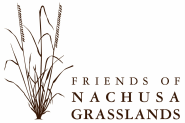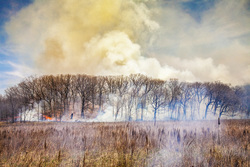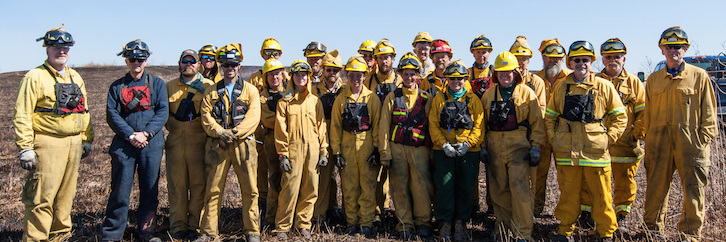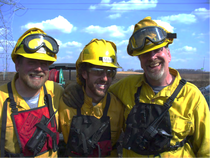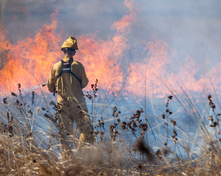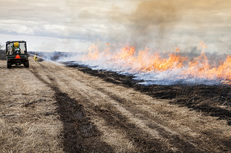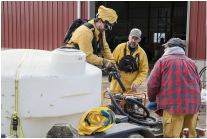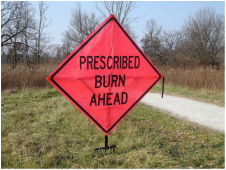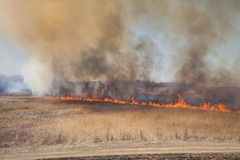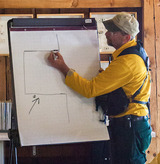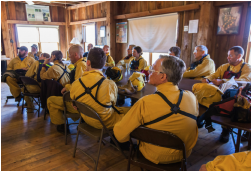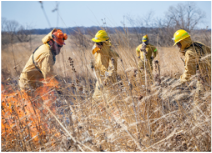Controlled Burns at Nachusa Grasslands
|
Why We Burn
Fire Crew Annual Summary Reports
by Bill Kleiman
Bison and Fire
|
Good Fire Practices We Work on Continually
|
Fire Crew Protocols
Controlled Burn Resources by Bill Kleiman
Jeffery Walk, and Sarah Hagen |
|
|
A 14 day workshop was designed to achieve live fire operations so participants could experience leadership opportunities in wildland fires. Doing this workshop, participants learned to manage uncontrolled wildfires on the pine savannas of Deep River Forest Reserve, Belize. |
UPDATED 03/2022
CONNECT WITH US |
|
